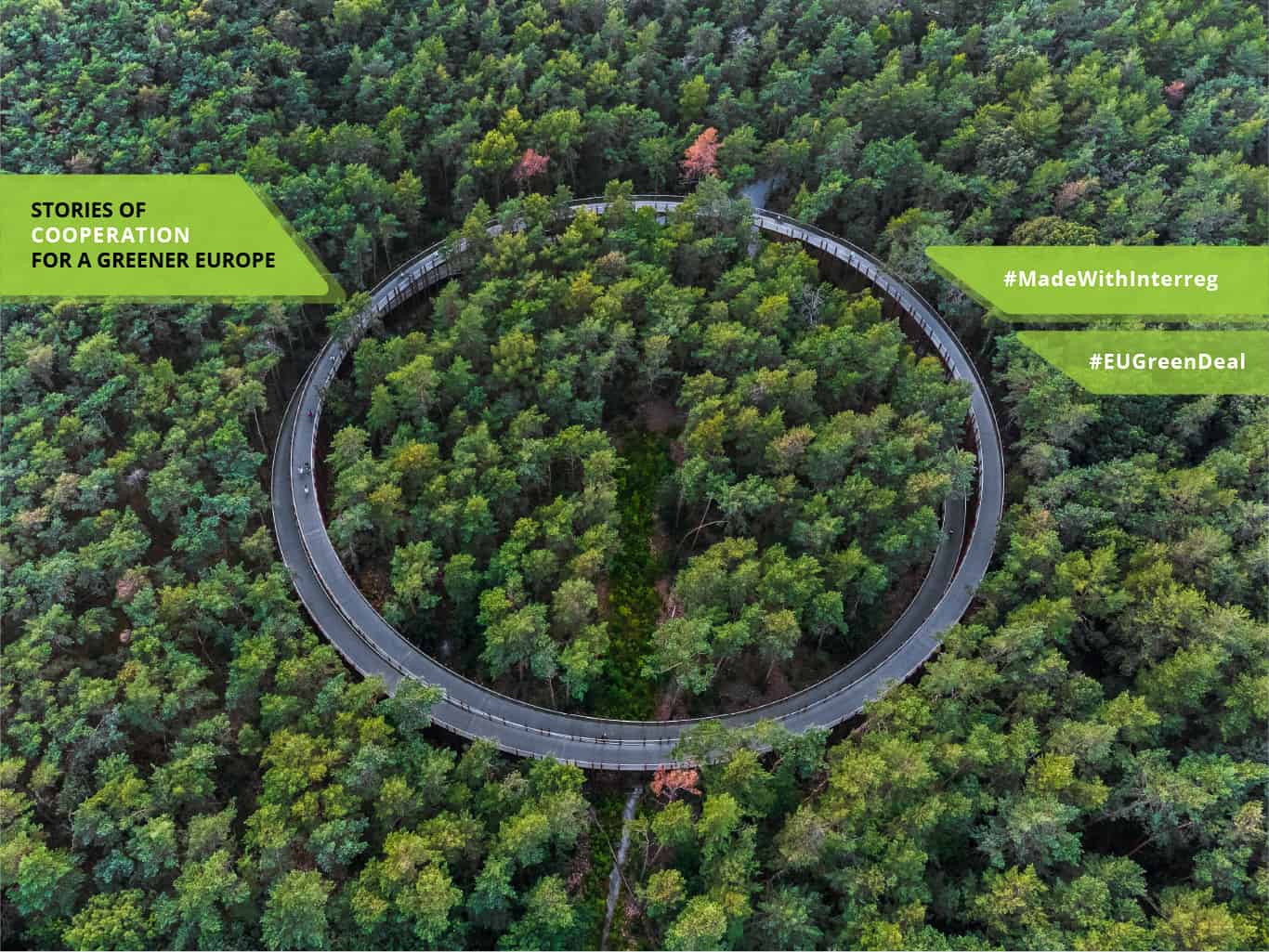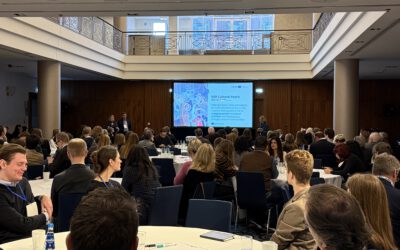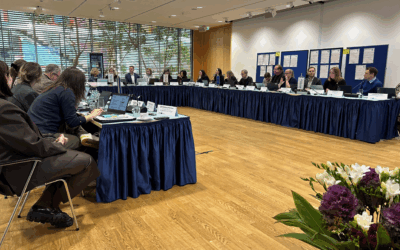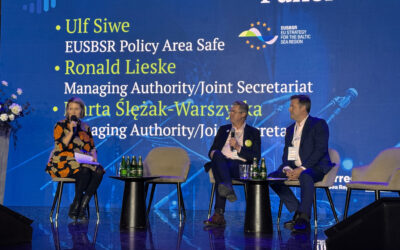Joining forces with other programmes!
Reducing waste and ensuring sustainable use of our natural resources can’t be done by one country alone. We need more effective transnational solutions like the two successful examples from the Baltic Sea region and Central Europe show.
The Interreg projects EcoDesign Circle and BIOCOMPACK-CE advanced a circular economy approach in different parts of Europe, putting the European Green Deal’s principles into practice.
In the Baltic Sea region, the #MadeWithInterreg projects EcoDesign Circle and EcoDesign Circle 4.0 brought forward “ecologically-minded” thinking for all stages of the product life cycle. Their work helped companies, design centres and agencies around the Baltic Sea region to proceed with circular transformation.
How Interreg puts EU Green Deal into practice
To discover more about their story and how different successful Interreg solutions guided the European regions on their journey towards a greener future, visit interreg.eu
You can also check our project library for more information about EcoDesign Circle and EcoDesign Circle. 4.0 achievements.







